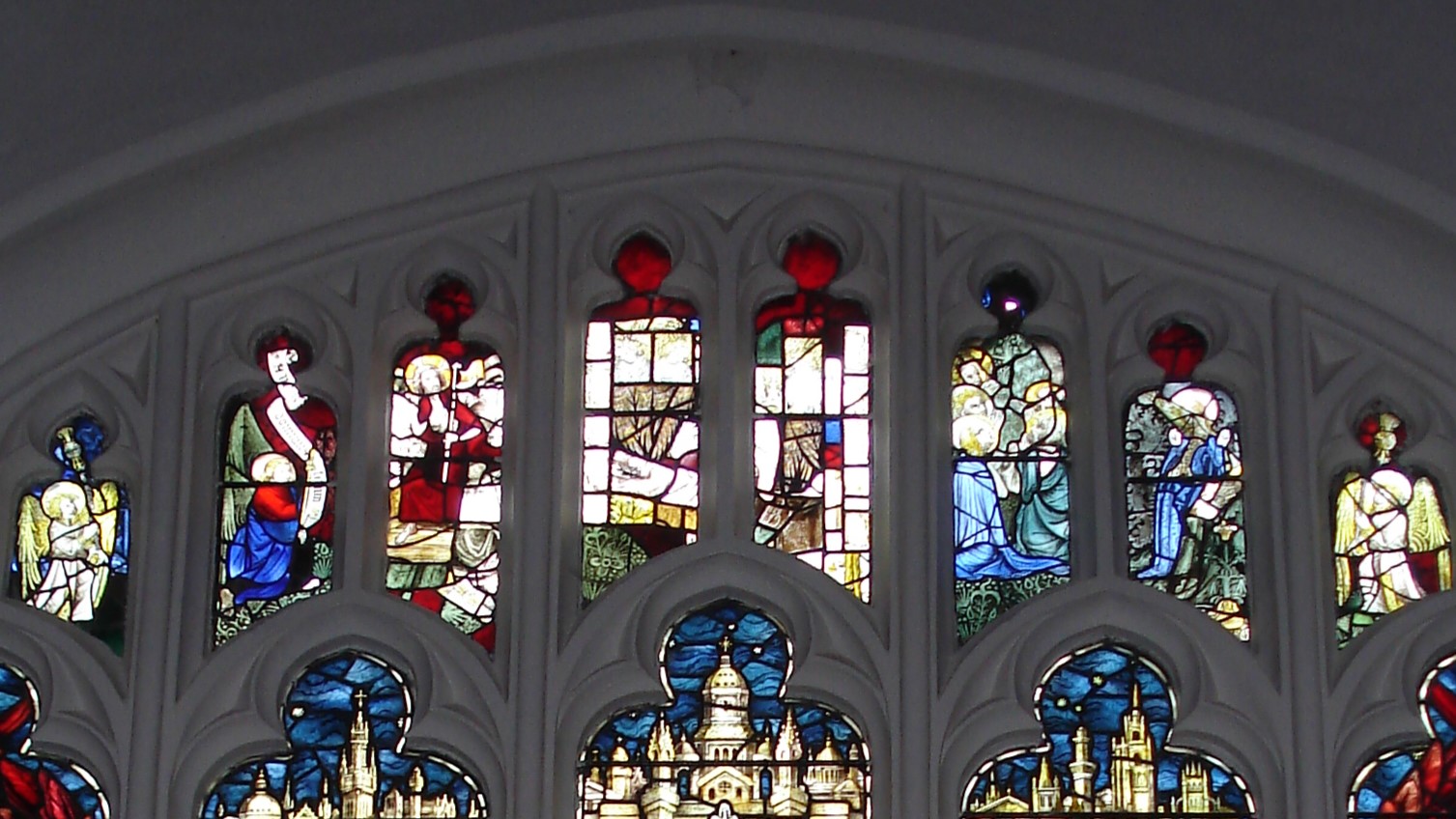Sir William Oldhall (c. 1390 – 1460) was a soldier in the later years of the Hundred Years War, fought between 1337 and 1453 by France and England.[1]
1440- Became chamberlain to Richard, 3rd Duke of York, also known as Richard Plantagenet.[2]
1448- Given Hunsdon as a gift, or possibly purchased it, from Richard Duke of York.[3]
1450- Became MP for Hertfordshire and later (1451?) was elected Speaker of the House of Commons.[4]
1452/3- Involved in the rebellion of Jack Cade against the government of England and King Henry VI (of Lancaster) and the later rebellion of Richard Duke of York.[5] In 1453 he was formally indicted of treason in Parliament.[6]
Around this time Henry VI began to suffer from bouts of madness. As these threatened the stability of the monarchy, Richard Duke of York was appointed Lord Protector while Henry VI was ill in 1454.[7] However, Richard was involved in a series of conflicts with Henry VI’s wife, Margaret of Anjou.[8] It was eventually agreed that Richard would become king when Henry VI died, but Richard was killed a few weeks after this agreement was reached.[9] This upheaval and the following battles between 1455 and 1487 became known as the Wars of the Roses, fought between the House of Lancaster (Henry VI) and the House of York (Richard Duke of York and his sons, Edward IV and Richard III, who both became kings in their own right).[10] Oldhall, as chamberlain to Richard, was a firm Yorkist.
1454- Richard Duke of York became Lord Protector and so Oldhall was back in favour.
1459- The Yorkists were defeated and Oldhall was accused of treason again. His possessions, including Hunsdon, were originally granted to the Duke of Buckingham but were later taken by the Crown.[11]
1460- Oldhall died in London.[12]
While he owned Hunsdon, William Oldhall built Hunsdon House, which would later be converted into a Tudor palace by Henry VIII. It is also likely that he rebuilt Hunsdon Church, although it is possible that Richard Duke of York undertook some of the work whilst he owned Hunsdon between 1445 and 1448.[13] In the north and south windows of the chancel, the symbol of the fetterlock and the rose can be seen; both of these were well-known badges of the Duke of York and it is assumed that Sir William Oldhall inserted them as a compliment to his patron.[14] His own plasterer’s float symbol is visible in the old glass at the top of the east window (pictured).
Research by Amber Dunstan
[1] BBC – History – British History in depth: The Hundred Years War accessed on 22/08/2021 at 15:26.
[2] William Oldhall – Wikipedia accessed on 22/08/2021 at 15:33.
[3] Parish Registers, p. 5.
[4] Hunsdon and Widford, p. 7.
[5] William Oldhall – Wikipedia accessed on 22/08/2021 at 15:40.
[6] Parish Registers, p. 6.
[7] Richard, 3rd duke of York | English noble | Britannica accessed on 22/08/2021 at 15:54.
[8] Ibid.
[9] Richard of York, 3rd Duke of York – Wikipedia accessed on 22/08/2021 at 15:54.
[10] Richard, 3rd duke of York | English noble | Britannica accessed on 22/08/2021 at 15:54.
[11] Parish Registers, p. 9.
[12] William Oldhall – Wikipedia accessed on 22/08/2021 at 16:03.
[13] Parish Registers, p. 6.
[14] Ibid.

Comments are closed